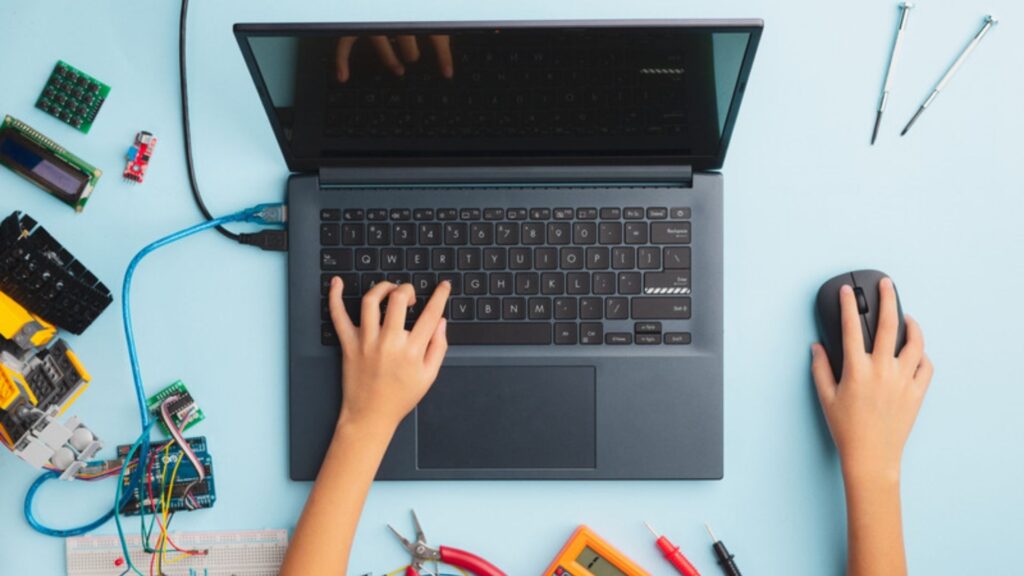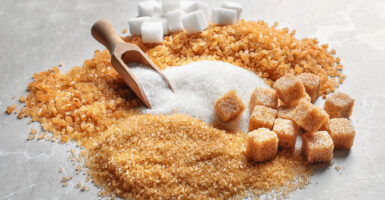What To Know About Scratch, The Free Program Stimulating A Love For Coding In Young Children
Scratch Coding is a free online community that teaches children aged 5-17 about coding by creating games, animations, and digital stories.
Scratch is the world’s largest coding community for children. Launched in 2007, the free coding website is designed, developed, and moderated by the Scratch Foundation, part of the MIT Media Lab at the Massachusetts Institute of Technology. Kids between the ages of five and 16 can join the safe and entertaining online learning environment to engage in systematic reasoning and work collaboratively with their peers.
On the Scratch website, students can create games, animations, and digital stories—all for free. Currently, over 42 million active users called ‘Scratchers” gather from 200 countries to enjoy the interactive platform. Content is available in over 70 different languages, including Arabic, Russian, French, and Spanish, and a convenient translation feature helps kids from different countries communicate clearly.
Scratch coding was originally intended to be used outside of school, but it’s now become a favorite in-school activity for educators and kids alike. Much like Minecraft, Scratch appeals to both male and female students, sparking interest in computer science. The Scratch Foundation is supported by funders including Google, AT&T, and the LEGO Foundation, and works with community organizations around the world to make the program free for children in underrepresented communities.
Scratch utilizes a creative learning approach combined with block-style coding that’s easy for kids to understand. New users have access to a step-by-step guide to getting started, and the platform is full of easy-to-read tips, tutorials, and other resources. Children as young as five to seven can use Scratch Jr., an even simpler version designed for kids just learning how to read.
In the simplest of terms, coding is how people are able to communicate with computers. Scratch coding teaches kids how to transform their ideas, instructions, and solutions into the language that a computer can understand. Learning how to code is a basic, but essential, STEM foundation and the creators of Scratch hope that making coding fun will encourage more students to choose careers in STEM (Science, Technology, Engineering, and Math).
While people often assume that computer coding and computer programming are the same, they’re actually two different things. Coding—like what is taught on Scratch—is writing the language or code that the computer understands. Lines of code make up a script, and the scripts create a program.
Computer programming is the act of taking the lines of completed code and creating a program for a defined purpose. Programmers plan, design, test, and maintain completed codes and programs. Programming requires a higher level of education and expertise than coding because the code is just one small component of a full, ready-to-use application.
Because it’s easier to learn than programming, coding is something that many children grasp right away. The average Scratch coding member is 12 years old, so it’s a perfect place to spark middle-schoolers interest in computer careers. One of the best things about being a Scratcher is the ability to make friends with kids from all socioeconomic backgrounds in dozens of international locations.

Scratch coding’s online community has guidelines to keep the platform safe for people of all ages, races, religions, ethnicities, orientations, and identities. It uses the CleanSpeak profanity filter to protect users from harmful dialogue. Although Scratch coding counts as educational time, experts still encourage parents to limit screen time and teach kids digital responsibility.



